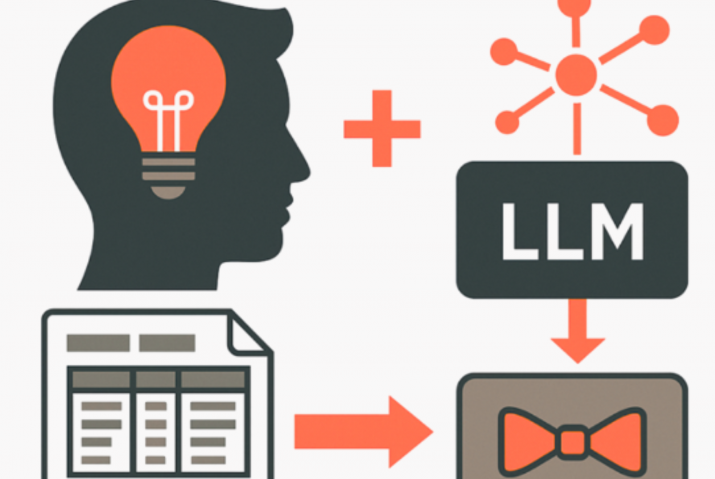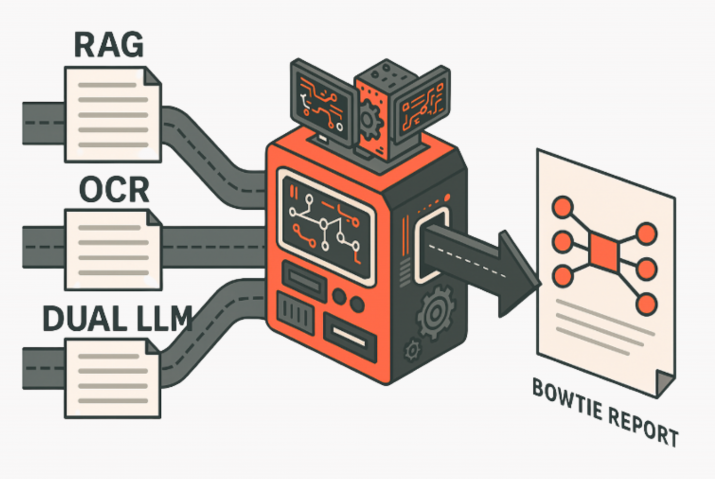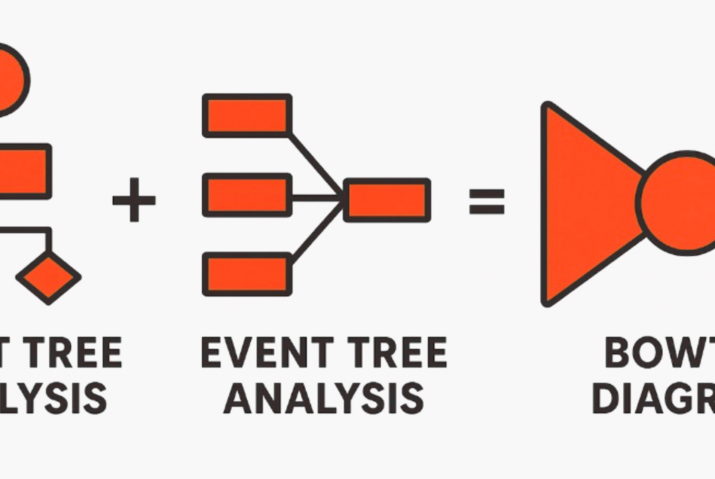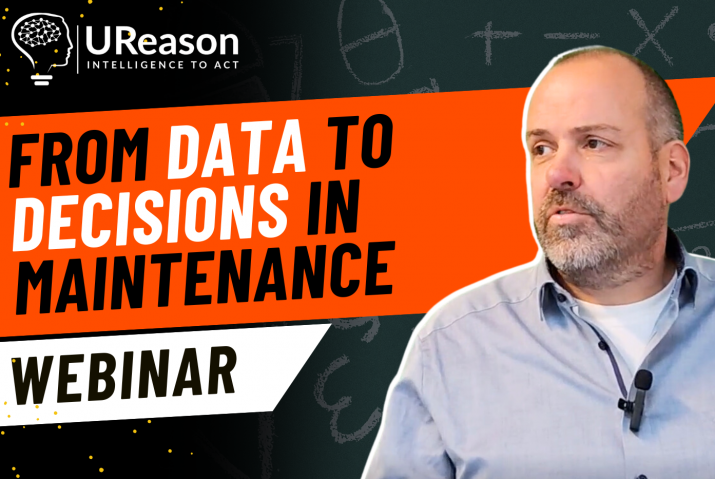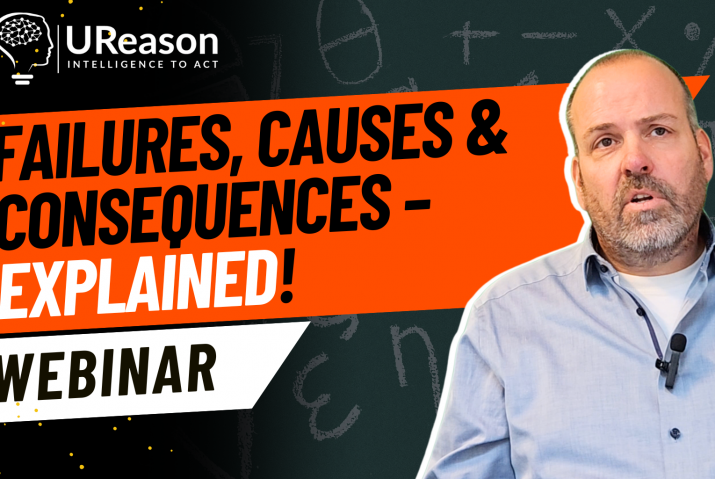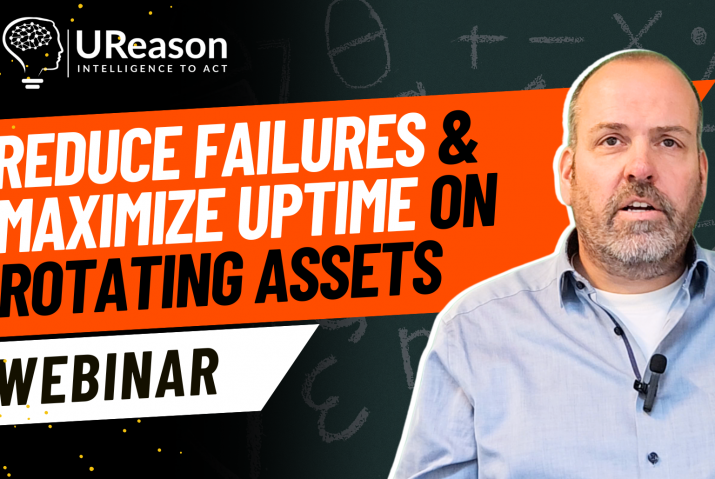The rationale for sharing data is diverse, and especially in enhancing asset optimization there are clear reasons and quantifiable value drivers. The waste of not sharing data in industry is remarkable but as we experience it there are also clear reasons for this. In the below overview of barriers, we have extended the trust and technical barriers that the WEG/BCG report identified with our experiences and views:
Trust-related barriers
- WEF/BCG: Fear of unintentionally giving away valuable or sensitive data about the business. UReason:
Safeguarding sensitive business data is crucial, but it shouldn’t hinder sharing valuable insights or collaborating with others. There are several legal, organisational and technical measures that help reduce this fear. On the legal side, a first step is normally an NDA (a Non-Disclosure Agreement) before any data is shared to legally bind the usage of the data. Typically followed, when dealing with blue-chip companies like BASF/Yara/Exxon, by a security assessment. It does not stop here. We use secure communication channels, access controls/encryption to further safeguard customer’s data (or IP in the case of APM solutions). But nevertheless, the best way to take away this fear is to allow our customers to run the entire analytics stack for APM Solutions/Apps themselves. Be it on-premise on their own hardware or in their own managed cloud environments. At UReason we recognize this fear and as such always offer on-premises deployment of our software.
- WEF/BCG: Fear of losing negotiation power or a competitive advantage.
UReason: Data can be seen as an asset and derived from the data the insights are the real value. When insights generated from data are well-integrated into customer’s processes, they often become part of the day-to-day operations. Some customers see this as creating a dependency on the vendor whereby they, the customer, could lose negotiation power when the next software license subscription renewal is up for discussion. We experience this with both our APM software and Asset Apps like the Control Valve App. However, in light of the demographic changes the industry is dealing with, these fears in our opinion are the wrong ones. By complementing the knowledge and expertise gap with Asset Performance Management software solutions we strive to support the maintenance and reliability personnel in the best possible way with actionable and predictive insights. We save our customers the most valuable resource we have – time – and allow them to improve on process and performance while maintaining required knowledge levels.
- WEF/BCG: Lack of visibility into data usage and analysis once shared.
UReason: Not many vendors provide a transparent view of how data is used once shared. Where is it stored, for how long, what is done with the data after the subscription to the software that required the data stops et cetera. This is an area where industry needs to mature and where in our view the International Data Spaces Association (IDSA) initiative fulfils an important role. The IDSA focuses on creating a framework for secure data sharing and exchange in a decentralized manner across organizational and national boundaries. It aims to enable trusted data ecosystems where businesses can share data with confidence, maintaining control over their own data while benefiting from access to data from other sources. A data space is two ways, the analysis results need to be shared in a way that can be automated (using APIs) and at UReason this has our full support.
Technical barriers
- WEF/BCG: Risk of data breaches and losses.UReason: A significant risk is the potential for data breaches, where unauthorized parties gain access to sensitive information. This can lead to financial losses, reputational damage, and legal consequences. Cybercriminals may exploit vulnerabilities in systems or use social engineering tactics to access data improperly. To mitigate these, organisations should implement robust data security measures, including encryption, access controls, authentication mechanisms, and monitoring tools. Additionally, clear data-sharing agreements and contracts should be established with third parties, outlining responsibilities, limitations, and safeguards for protecting shared data. Regular security audits and assessments can help identify vulnerabilities and ensure compliance with relevant regulations and standards.
- WEF/BCG: Accessibility and interoperability issues that arise from combining data.UReason: Interoperability of data, and issues therein, can be mitigated by semantically describing all data you use and share: time zone if not UTC, engineering unit, scaling factors et cetera. We don’t really see this as a technical barrier. Accessibility on the other hand can be a technical barrier especially when dealing with older OT systems and nonstandard ICS architectures at customers, i.e. not like below:
If the APM application/solution that is required is a data consumer secure and safe access needs to be provided, which can in the case of a non-standard ICS architecture take some modifications (and time).
- WEF/BCG: Different digital maturity levels among participants in the same solution.UReason: Prior to the public introduction of ChatGPT, in late 2022, people would generally not trust technology that they did not understand especially when also the value of the technology was not clear. We see this changing; the adoption of technology is picking up a pace fuelled by the demographic changes in our workforce and issues we have or will soon face in the industry with expertise leaving. Even though technology is more easily and rapidly adapted the knowledge gap most reliability/maintenance engineers and managers have to digital technologies is big and growing. The promise of ease that many predictive maintenance software companies introduced, offering unsupervised anomaly detection algorithms as a band-aid for any issue, is gradually disappearing. They have value, but users realised that deviations needed to be labelled for such models to detect true anomalies (at the cost of valuable time). Today education and knowledge sharing are the only ways to reduce the gaps and we will continue providing seminars, webinars, and lectures to our community!
- WEF/BCG: Costs of switching technologies (or fear of technological lock-in).UReason: This fear actually goes back to the trust-related issue “Lack of visibility into data usage and analysis once shared”. If you as asset owner do not have access to the processed, enhanced and/or deferred and analysed data then you essentially lose data and implicitly create a vendor lock-in when you rely on this. There are several architectures such as microservices and data microservices that must be supported by your vendor. Your software provider needs to support openness and provide you access to your data and derived data. This allows you to treat the APM software you use as a black box: you provide it with inputs, it processes it, and provides you with outputs. When you require to switch technology/vendor this in turn becomes your requirements sheet.
This blog is part of a series of blogs published by UReason about sharing (operational) data from assets used in the industry. It provides the rationale (why would you?!) and discusses the barriers and legal and technical solutions out there to safely share data. It also provides views on the topic of sharing data as well as market insights.
 If the APM application/solution that is required is a data consumer secure and safe access needs to be provided, which can in the case of a non-standard ICS architecture take some modifications (and time).
If the APM application/solution that is required is a data consumer secure and safe access needs to be provided, which can in the case of a non-standard ICS architecture take some modifications (and time).
